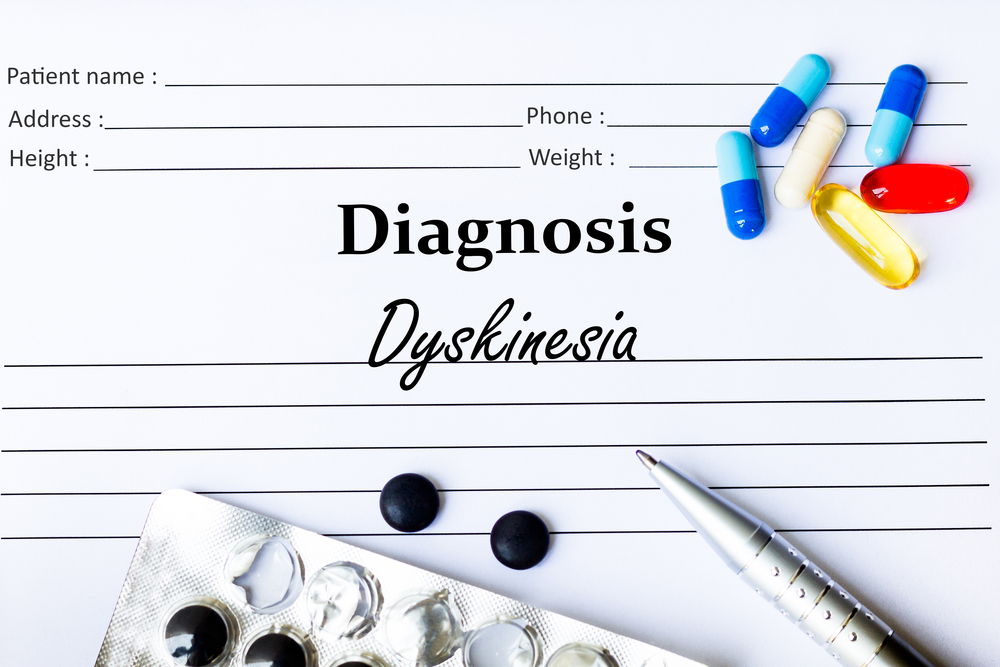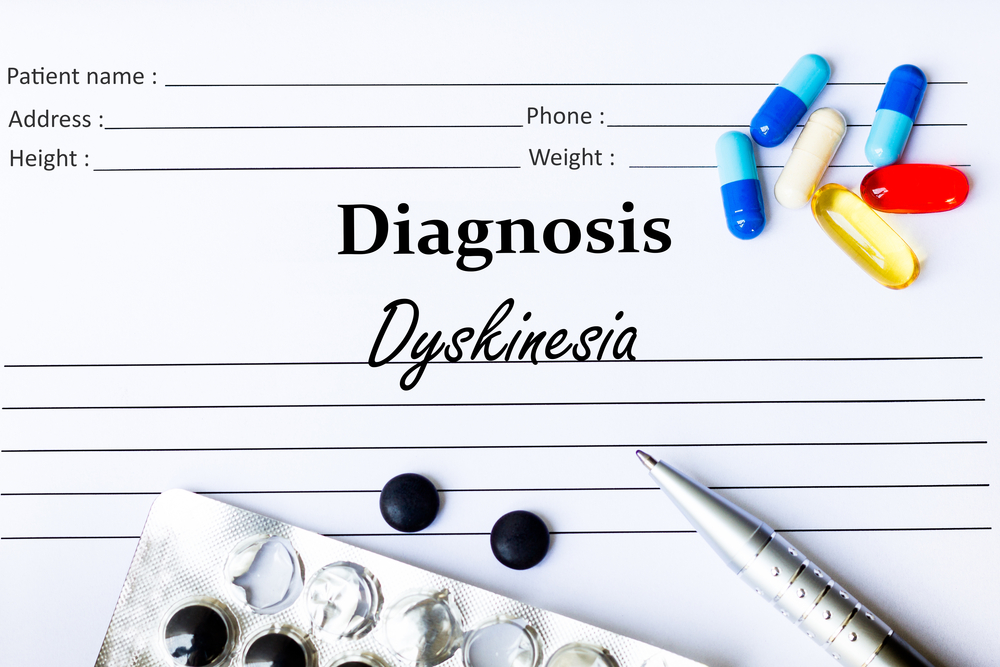Understanding Dyskinesia's Impact on Parkinson’s Disease Management
Discover how dyskinesia affects individuals with Parkinson’s disease, its causes related to brain chemical imbalances, and common management options. Understand the importance of professional treatment to control symptoms and improve quality of life as the disease progresses.

Understanding How Dyskinesia Affects Parkinson’s Patients
Dyskinesia refers to involuntary or abnormal muscle movements that can range from mild to severe. These uncontrollable motions involve muscle contractions and twitching that may affect different parts of the body. The severity varies among individuals; some experience minor muscle issues, while others face intense twitching that involves the entire body. Typically, dyskinesia impacts the face, arms, legs, and torso, becoming more pronounced as Parkinson’s disease advances.
What causes dyskinesia?
Medical experts link dyskinesia to deficiencies in brain chemicals like dopamine, serotonin, and glutamine, which are crucial for proper muscle control and movement.
An imbalance, especially in dopamine levels, can impair muscle coordination, resulting in tremors, twitching, and muscle stiffness characteristic of Parkinson’s.
How is dyskinesia managed?
Since Parkinson’s is a progressive disorder, symptoms including dyskinesia tend to worsen over time. Medications like levodopa and entacapone are prescribed to alleviate involuntary movements, but chronic use of these medicines can exacerbate dyskinesia. To address this, physicians often adjust medication doses or add other drugs such as amantadine to help balance dopamine levels and reduce symptoms.
It is vital to remember that managing Parkinson’s and dyskinesia requires professional medical guidance. Always consult healthcare specialists before making any changes to treatments. The information provided here is for educational purposes only and should not replace medical advice.









